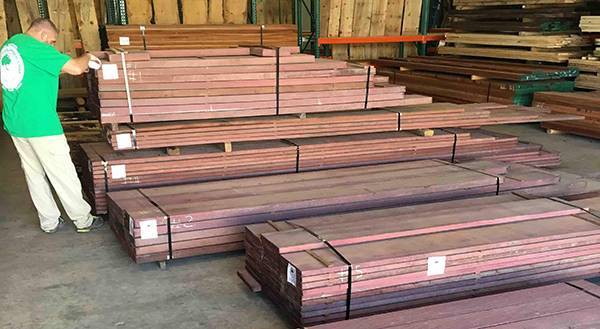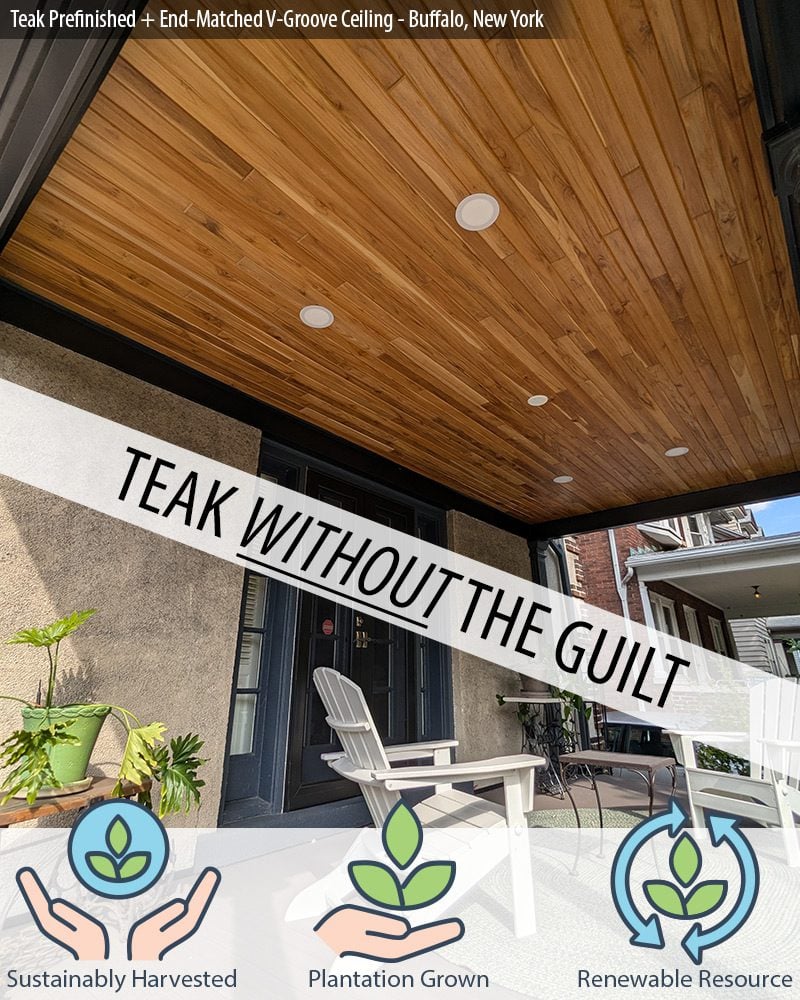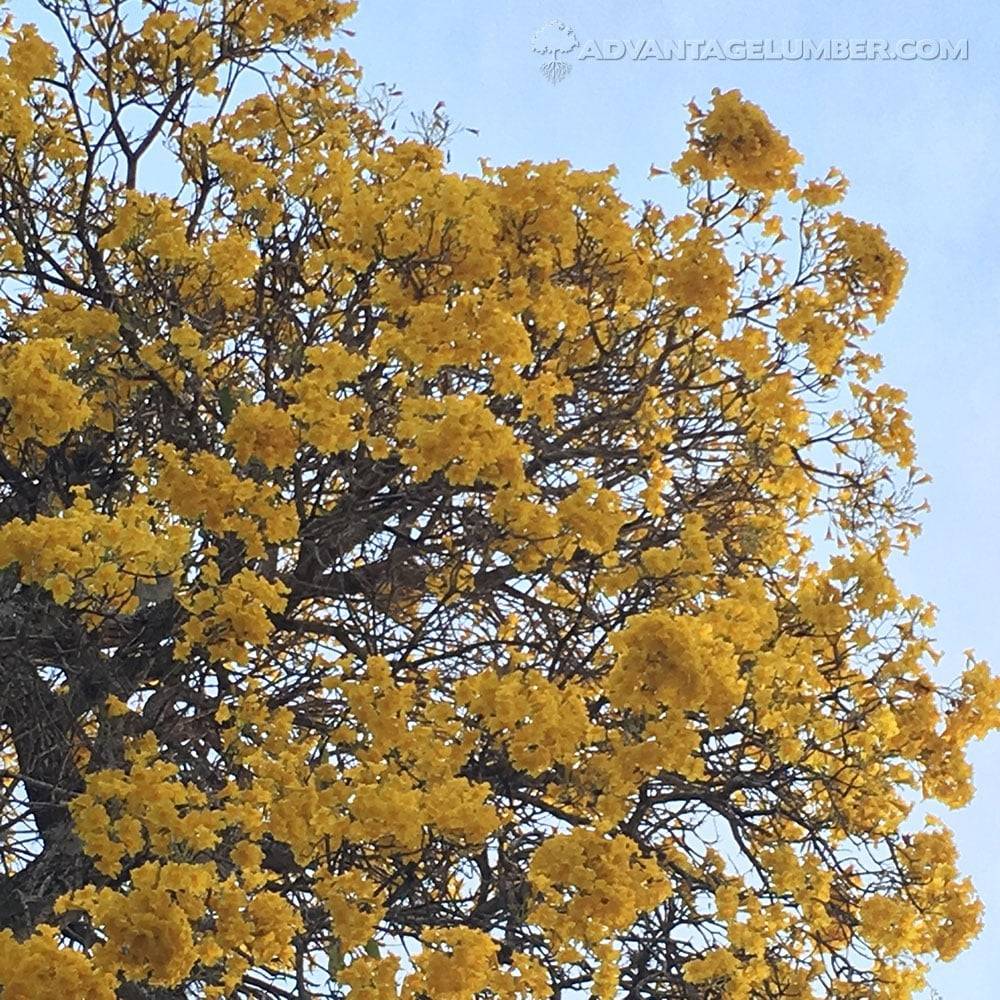4 Common Questions About Purpleheart Wood – Answered
At AdvantageLumber.com, we get a lot of questions from customers curious about exotic hardwoods, and one of the most intriguing is Purpleheart wood. Known for its bold color and exceptional strength, Purpleheart is a favorite for both decorative and structural applications. Below we answer the four most common questions we receive about this unique tropical …


